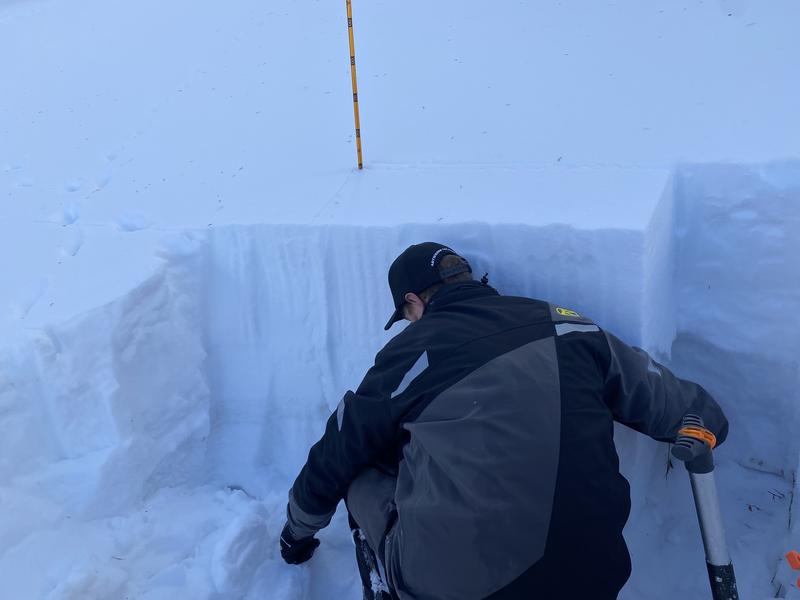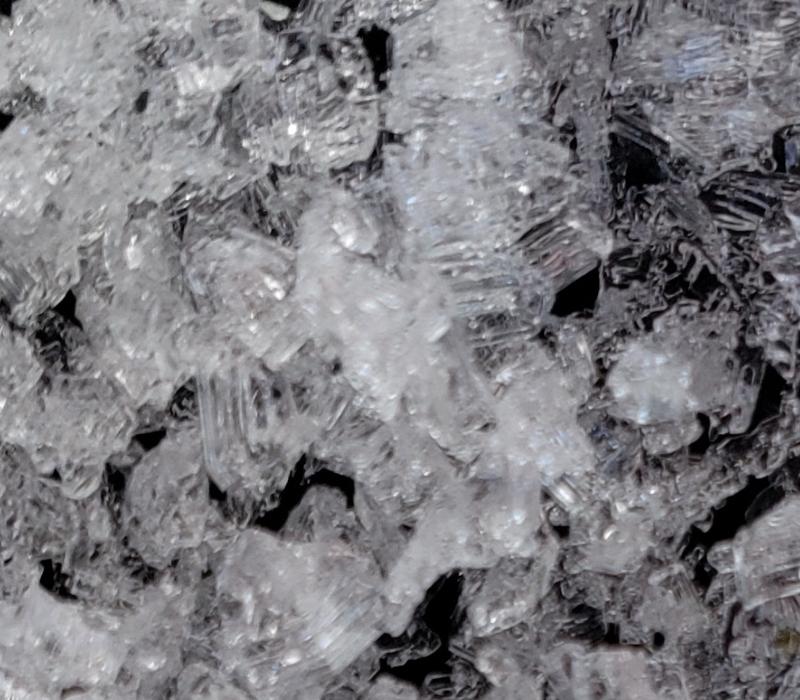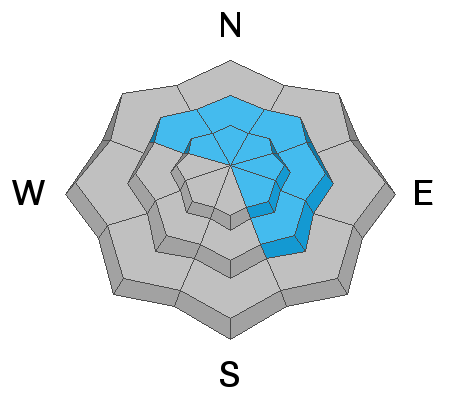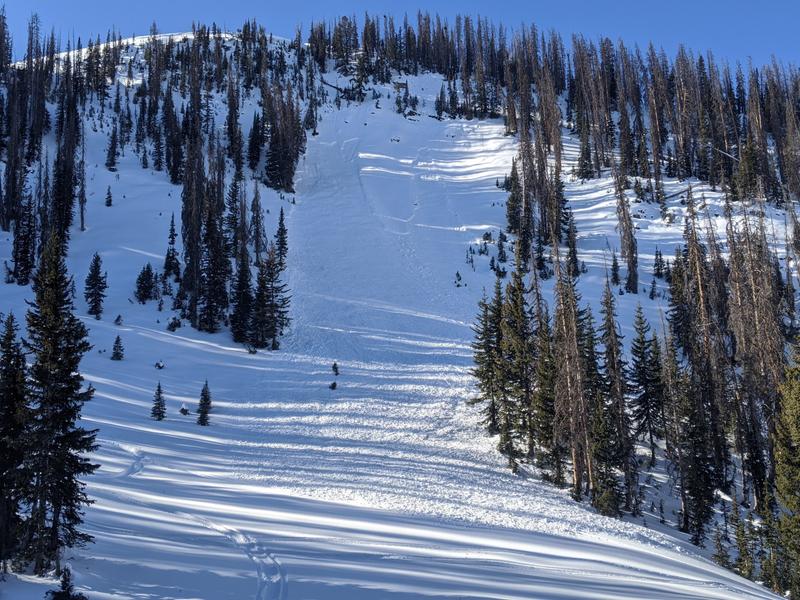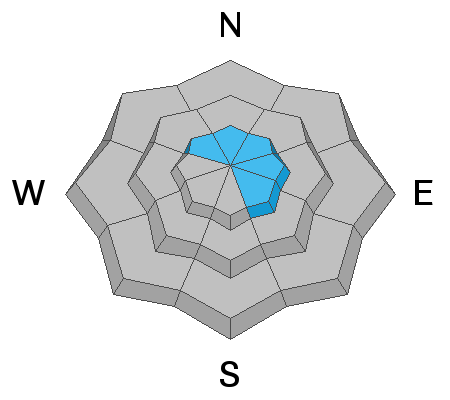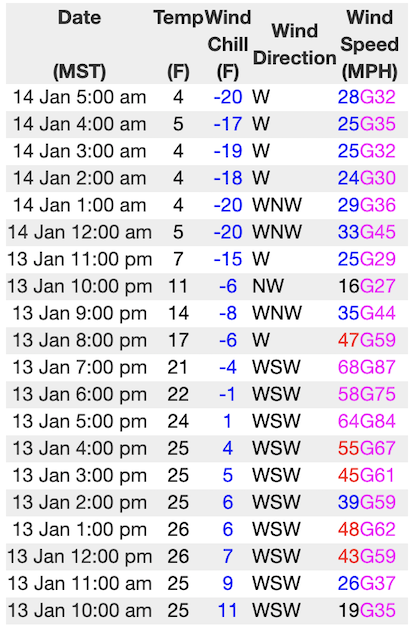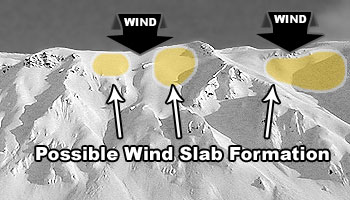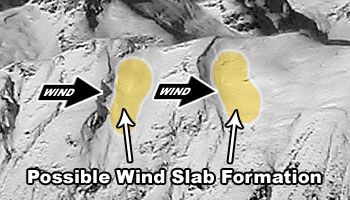Forecast for the Uintas Area Mountains

Issued by Mark Staples on
Thursday morning, January 14, 2021
Thursday morning, January 14, 2021
Today the most dangerous places are upper elevation slopes that have any amount of wind deposited snow facing northerly and easterly, and the avalanche danger is CONSIDERABLE in these areas.
Mid elevations slopes, out of the wind but facing northerly and easterly, have a MODERATE danger. Triggering an avalanche in these areas remains possible because the bottom foot of snow is very weak but it hasn't been stressed by recent snowfall or wind drifted snow.
A LOW danger exists at low elevations with minimal snow as well as mid and upper elevations slopes that have been stripped of snow by recent winds.
The challenge is that slopes with the most snow are generally ones with a greater avalanche danger. For now, the main strategy to avoid avalanches is to ride low angle slopes.
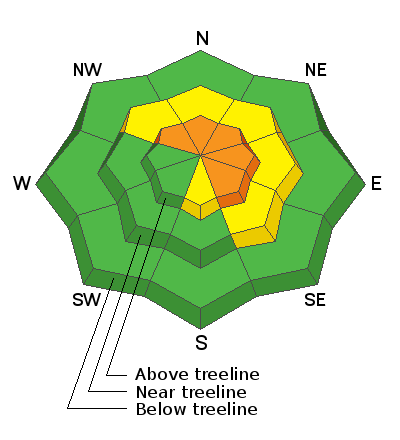
Low
Moderate
Considerable
High
Extreme
Learn how to read the forecast here


